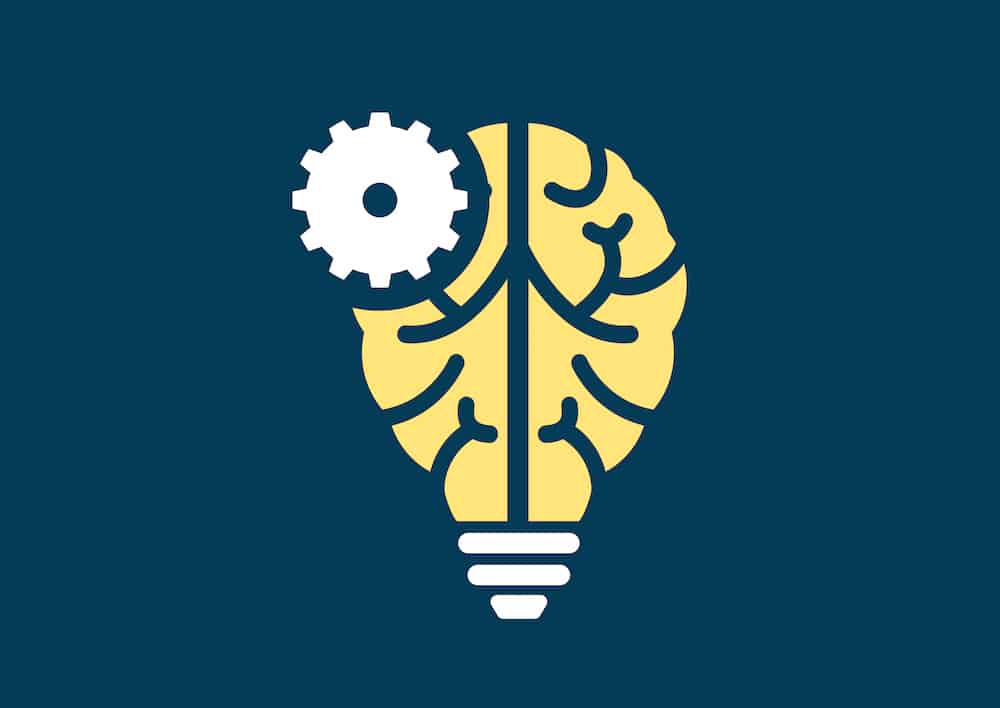Support for Learning Disabilities Beyond Tutoring
 Students with learning disabilities experience deficits in areas including mathematics, written language, reading or oral language. Students may experience difficulties in organizational and social skills as well.
Students with learning disabilities experience deficits in areas including mathematics, written language, reading or oral language. Students may experience difficulties in organizational and social skills as well.
Ruth Rumack’s Learning Space (RRLS) supports students with learning disabilities by creating individualized academic plans, Direct Instruction, and incorporating multisensory and engaging elements.
Types of Learning Disabilities
Dyscalculia
Characteristics include difficulties recalling math facts, using counting strategies and understanding counting rules.
Non-verbal LDs
Characteristics include difficulties with visual-spatial skills, social skill problems, gross and fine motor skills weaknesses, and problem-solving difficulties.
Dyspraxia
Characteristics include difficulties with gross and fine motor skills and social skills.
Visual Perceptual and Visual Motor Deficit
Characteristics include difficulties understanding visual information or struggles with drawing and copying information.
Common Issues Associated with Learning Disabilities
Decoding: Students may struggle segmenting words into syllables or sounds.
Phonological Awareness: Students may have difficulties identifying and manipulating spoken sounds necessary for learning reading through skills such as rhyming, alliteration, segmenting, counting sounds, blending sounds, or deleting and substituting sounds.
Written Expression: Students may struggle organizing thoughts into a written piece, produce written pieces with few details, avoid writing whenever possible, and have messy handwriting.
Handwriting: Students with fine motor issues may struggle with tasks such as printing or using scissors.
Social/Emotional Issues: Students may have difficulties understanding social cues of others including tone of voice or body language and have trouble maintaining relationships.
How we Help Students with Learning Disabilities:
One-to-one Direct Instruction in phonics and decoding using research-based programs (i.e. Wilson Reading Program and Reading Mastery).
Engaging multisensory learning that uses students’ strengths (i.e. reviewing sounds using visuals, saying sounds verbally, hearing sounds spoken or writing sounds).
Teaching written expression or letter formation skills (i.e. using programs such as Power Writing or Handwriting Without Tears).
Teaching correct pencil grip techniques through modelling and practice.
Get Started with Learning Disabilities Support Today


